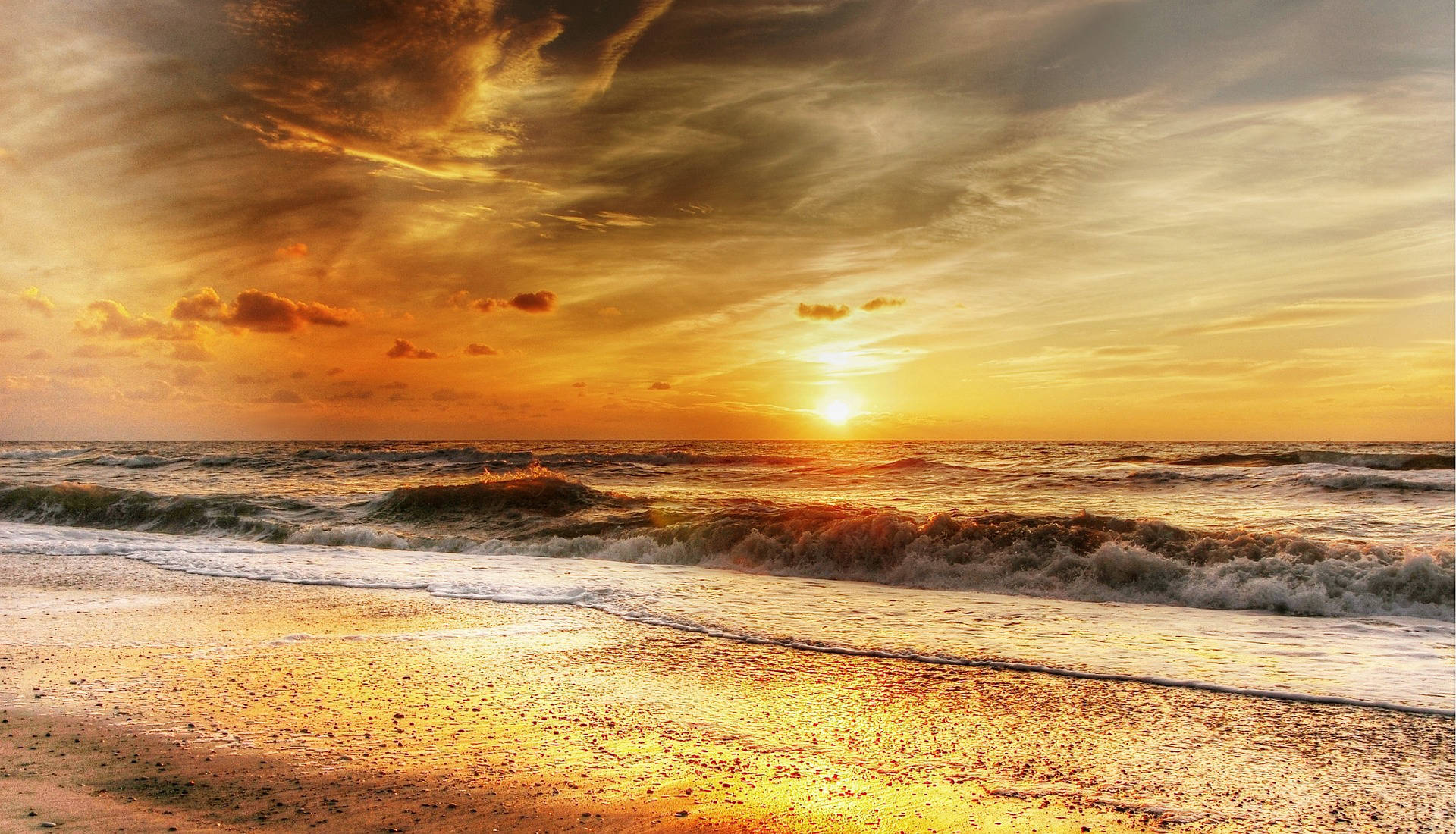
九州サーフィンスポット(West)54選
[wp_ad_camp_4]
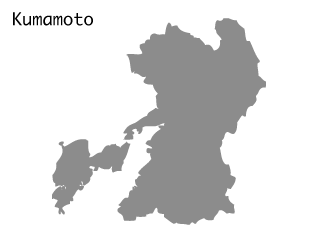
福岡 長崎 佐賀 熊本 鹿児島のサーフィンスポットを一挙ご紹介。
西九州東シナ海側へのサーフトリップで自分だけのお気に入りの波乗りポイントを見つけよう。東シナ海はバラエティ豊かな波がたくさん。基本台風シーズン、秋口〜冬場の波乗りが中心。
福岡という都心からアクセス良好なサーフスポットが玄界灘から唐津にかけての海岸で多数ラインナップするエリア。西高東低の北西〜西寄りの風でサイズアップする。佐賀は著名ポイント立神を中心にサーフシーンが盛り上がり混雑を避けてのサーフが可能。長崎では離島や半島にGoodなサーフスポットが点在。大きく入り組んだ地形がポイントセレクトを容易にし、混雑とは無縁でGoodウェーブを楽しめる。
熊本は東シナ海からの西うねりをキャッチしブレイクする。秋冬シーズン中心のサーフィン。鹿児島南西部の東シナ海側の海岸も台風ウネリや秋冬の季節風を広範に広いクオリティ高い波がブレイクする。
収録サーフポイント
脇田 / わいた [福岡北九州エリア] 夏井ヶ浜 / なついがはま [福岡北九州エリア] 芦屋 / あしや [福岡北九州エリア] 岩屋 / いわや [福岡北九州エリア] 洞山 / ほらやま [福岡北九州エリア] 汐入川 / しおいりがわ [福岡北九州エリア] 波津漁港 / はづぎょこう [福岡北九州エリア] さつき松原 / さつきまつばら [福岡北九州エリア] 釣川河口 / つりかわかこう [福岡北九州エリア] 鐘崎 / かねさき [福岡北九州エリア] 勝浦浜 / かつうらはま [福岡北九州エリア] 津屋崎 / つやざき [福岡北九州エリア] 新宮 / しんぐう [福岡北九州エリア] 奈多 / なた [福岡北九州エリア] 西浦 / にしうら [福岡北九州エリア] 三苫 / みとま [福岡北九州エリア] 志賀島 / しかのしま [福岡北九州エリア] 二見ヶ浦 / ふたみがうら [福岡北九州エリア] 大口 / おおぐち [福岡北九州エリア] 芥屋 / けや [福岡北九州エリア] 東の浜 / ひがしのはま [佐賀唐津エリア] 野北 / のきた [福岡北九州エリア] 浜崎海岸 / はまさきかいがん [佐賀唐津エリア] 相賀の浜 / おうか [佐賀唐津エリア] 北浜 / きたはま [佐賀唐津エリア] 大友 / おおとも [佐賀唐津エリア] 大浜 / おおはま [長崎佐世保エリア] 立神 / たてがみ [佐賀唐津エリア] 千里ヶ浜 / せんりがはま [長崎平戸エリア] スゲ浜 [長崎佐世保エリア] 波戸岬 / はどみさき [佐賀エリア] 清石浜 / くよしはま [長崎エリア] 高井旅海水浴場 / たかいたび [長崎五島エリア] 黒崎 / くろさき [長崎雲仙エリア] 千々石 / ちじわ [長崎雲仙エリア] 神浦 / かみうら [長崎雲仙エリア] 脇岬 / わきみさき [長崎雲仙エリア] 南串 / みなみぐし [長崎雲仙エリア] 加津佐 / かずさ [長崎雲仙エリア] 火力発電所前/ かでんまえ [熊本天草エリア] 高浜/ たかはま [熊本天草エリア] 白木尾 / しらきお [熊本天草エリア] 都呂々 / とろろ [熊本天草エリア] 脇本 / わきもと [薩摩川内串木野エリア] 大川島・西目 / おおかわしま [薩摩川内串木野エリア] 人形岩 / にんぎょういわ [薩摩川内串木野エリア] 照島海岸 / てるしま [薩摩川内串木野エリア] 西方 / にしかた [薩摩川内串木野エリア] 唐浜 / からはま [薩摩川内串木野エリア] 江口浜 / えぐちはま [薩摩川内串木野エリア] 入野 / いりの [鹿児島指宿エリア] 鬼口 /おにぐち [鹿児島指宿エリア]
西九州・東シナ海サーフスポット
福岡サーフポイント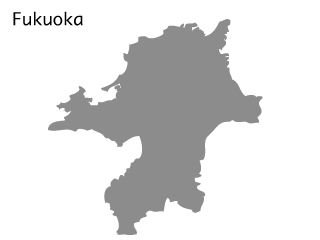
日本海側と同様に、西高東低の冬型の気圧配置がきまり、北西〜西寄りの風でサイズアップする秋〜冬のサーフィンが中心。夏場は北寄りのオンショアが吹いている時に波乗りできる場合がある。
海岸線は適度に入り組んでいるため、真北のオンショアでない限りは風向きに合わせたポイントセレクトには困らないだろう。西〜北東まで広範なうねりをキャッチする点が福岡サーフィンの特徴。
良い波を確実にゲットするには経験も必要。西高東低の気圧配置が決まるとオンショアによる風が吹き始め最初はジャンクに。しかし冬型が緩み南風オフに変わるタイミングがある。この一瞬のタイミングを狙ってポイントへ移動しよう。タイミングを逃すとオフショアにより急激にサイズダウンが進んでしまう。
北向きの小さな湾状のポイントは、普段波のたたないことが多い。
秋〜冬場は北西うねりをコンスタントにひろう。
周辺が強めの北西でジャンクなコンディションの際にはねらい目。
先端に突き出した地形からうねりをキャッチしやすい。
北西うねりをダイレクトにひろうポイント。
遠浅の地形からうねりに敏感でコンスタントにブレイク
ビーチエリアはビギナーでも楽しめるファンな波。
比較的波のパワーがある人気ポイント。
初心者から楽しめる人気のスポット。北東風にも耐える。
広いビーチはビギナー向けのメローな波
東がオフショアとなる貴重な勝浦浜。ビギナーからOK。
白砂青松の美しい海岸が広がるエリア。
テトラ間でブレイクするポイントブレイク。
普段は波がたたないが、北西風が強く吹いた後は狙い目。
ビギナーからOKのビーチブレイクポイント。
北うねりを敏感にひろうポイント。
北西よりのうねりをいち早く敏感にひろうポイント。
北西よりのうねりを敏感に拾うリーフのポイント。
サイズアップすれば、右側でリーフにHITしチュービーな波へ。
ビギナー向けポイント。ロングボーダー中心に楽しめる
コンスタントにブレイクする周辺のメジャーポイント。
佐賀サーフポイント
玄界灘に面した福岡西から唐津にかけての海岸も基本的に秋〜春先にかけての季節風を中心とした波乗りになる。夏場は、玄界灘〜日本海にかけて低気圧や台風が進んでくる際にはサイズアップしてくるため要チェック。ただし福岡方面にかけてはビーチサイドが多く頭オーバーでクローズしがち。佐賀ではリーフのクラシカルポイントがその実力を発揮する。
基本的に福岡方面は東寄りの風がオフとなるポイントが多く、唐津方面では南がオフとなるポイントが多い。
遠浅なビーチで初心者から楽しめる。
北東うねりをダイレクトにひろうポイント。
強いウネリHITでブレイクするアウターリーフポイント。
中央付近はサンドバー次第では様々な波質に、両サイドはリーフエリア。
正面はビーチ特有のイージーブレイクでビギナーからOK。
長崎サーフポイント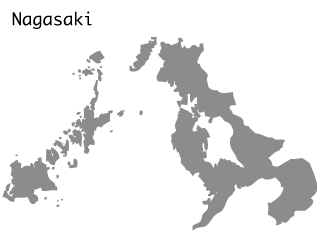
西高東低の気圧配置による西〜北西の季節風で冬場を中心に波が上がるが、西うねりに反応するため、夏〜秋にかけての東シナ海台風接近によるうねりも敏感にキャッチする。
台風や低気圧通過後のサイズダウンは比較的早いと言えるため、うねりの強弱は常にチェックしておきたい。
南うねりが必要で波乗りできるチャンスは少ないと言える。
東シナ海を台風が北上するようなコンディション時の北うねりでブレイクする。
設備良く透明度高い、遠浅のビーチで波乗りできる。
エメラルドグリーンの美しい海が評判のビーチ。
五島で波乗りできる数少ないビーチ。透明度が高くリゾート感を味わえる。
南よりのうねりをキャッチするリーフポイントブレイク。
うねりの向きがあえば、ホローでパワフルな波を堪能可能。
1kmに渡る長いビーチはサンドバーがいくつも見られる。
ローカルポイントであるためビジターは遠慮したい。
普段はビギナーからOKのビーチブレイクポイント。
熊本サーフポイント
熊本のサーフポイント は、天草の島々の西側が中心となる。台風や発達した低気圧が東シナ海を抜けた際の西〜南西うねり、あるいは冬場の季節風を狙う形となる。台風が北〜東へ抜けた後のサイズダウンは早いが、吹き返しの西風でうねりが入るパターンもあるため、台風により十分なチェックが必要。
台風シーズン中心の天草北側のローカルポイント。
南西風が強くBigデーにはチェックしたいポイント。
台風うねりで真価を発揮する玉石ポイント。
熊本のメジャーポイント。西寄りのうねりを敏感に拾う。
鹿児島サーフポイント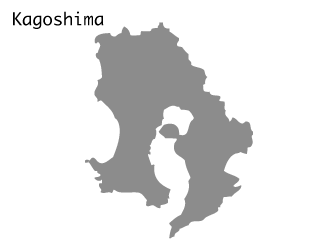
薩摩半島の串木野、枕崎周辺では東シナ海を通過する発達した低気圧や台風のうねりを敏感にひろう春〜秋にかけてがGoodシーズン。一方半島の付け根にあたる、薩摩川内市周辺では冬場が中心の波乗りとなり、エリアにより異なる。適度に湾曲し海岸線の向きが異なっているため、風向き・うねりの向きに合わせたポイントセレクトがしやすい点が鹿児島サーフィン の特徴。
初心者から楽しめるファンなビーチブレイク。
北西うねりが入るとブレイクする。
北西寄りのうねりに敏感なビーチブレイクポイント。
周辺で最も北西ウネリに敏感、こまめにチェックしたい。
貸切で波乗り楽しめる場合もあり。
江口浜がクローズコンディションで良い波が割れる場合がある。
周辺のメジャーポイント。年中ブレイクしビギナーもOK。
台風接近など南うねりに敏感に反応するビーチブレイクポイント。
鬼口からもほど近いローカルビーチブレイクポイント。波の期待値は低い。
ビーチへのアクセスが難しいため、混雑とは無縁。